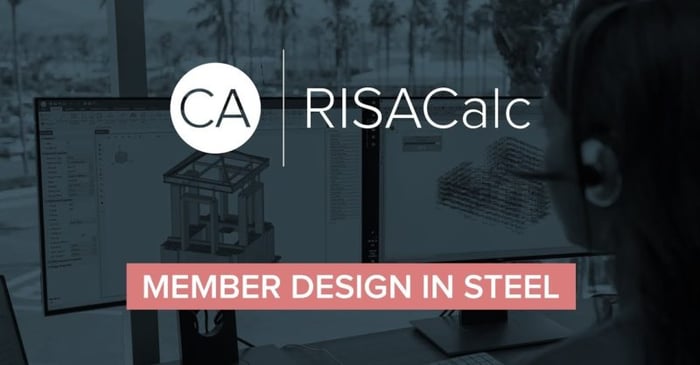
May 1, 2020
Video: Steel Member Design in RISACalc
Learn how to load and design individual beam and column steel members in RISACalc.
Year-End Is One of the Few Times Engineers Can Actually Rethink Tools Most engineers don’t change core analysis software in the middle of a deadline-driven project. End of year is different. Budgets are closing out, project schedules tend to soften slightly, and teams finally have a moment to evaluate what worked — and what slowed them down. That combination creates a rare window to reassess tools without the pressure of an active permit submission. For many firms, it’s also when leadership asks bigger operational questions: Are we spending too much time reworking models? Are our engineers relying too heavily on spreadsheets? Are we confident scaling into slightly larger or more complex jobs next year? Budget Resets and Training Calendars Create Natural Momentum Year-end decisions often align with practical realities. Software budgets reset in January, making it easier to justify a purchase that didn’t fit earlier in the year. Training calendars are also easier to plan before the new project backlog fills up. Engineers can start the year productive instead of learning a new workflow mid-project. This timing matters. Firms that switch tools before the new year often avoid the “we’ll deal with it later” trap — and later rarely comes…
Read More

Learn how to load and design individual beam and column steel members in RISACalc.
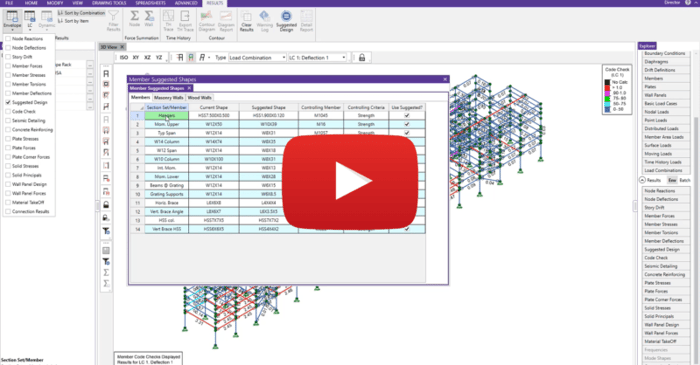
In RISA-3D when drawing members you must start with initial sizes. After loading and load combinations are completed the model is solved and then member design must be done, making sure that members pass for both strength and serviceability considerations. For both strength and serviceability...
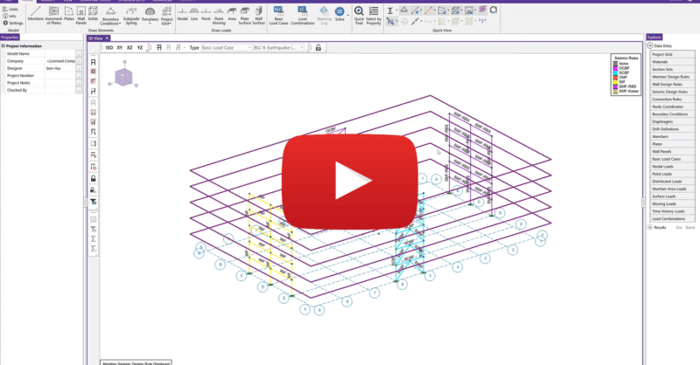
RISA-3D includes the ability to design steel structures for seismic provisions found in AISC 341 and AISC 358 including moment frames and braced frames. For more information, review the video below.
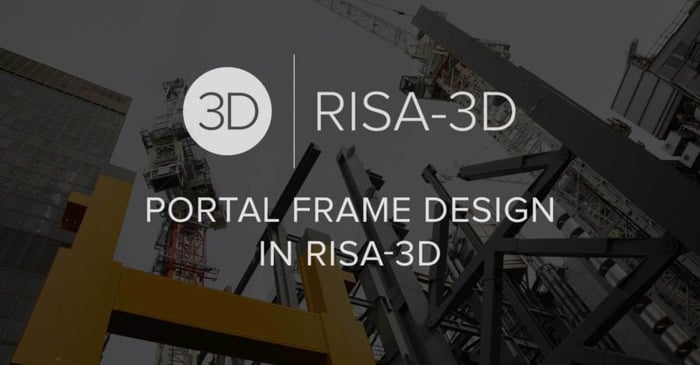
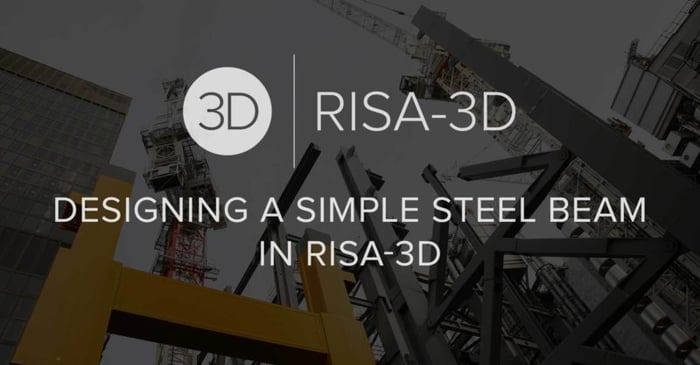
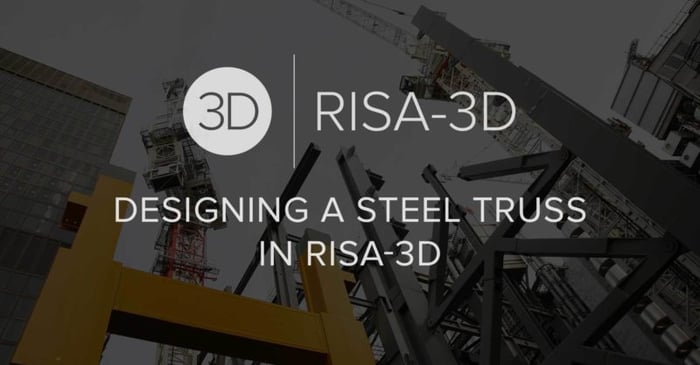
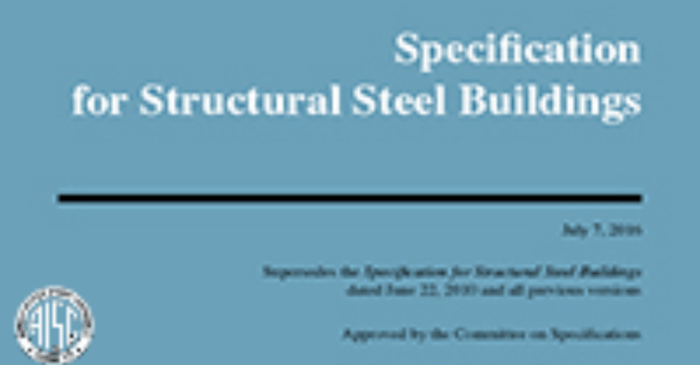
Connection design according to the new AISC 360-16 (15th Ed.) Steel Manual has now been implemented in RISAConnection. To select this code for your design, simply choose either LRFD or ASD from the Solution tab within the Global Project Settings. The addition of the new 15th Edition code, includes...
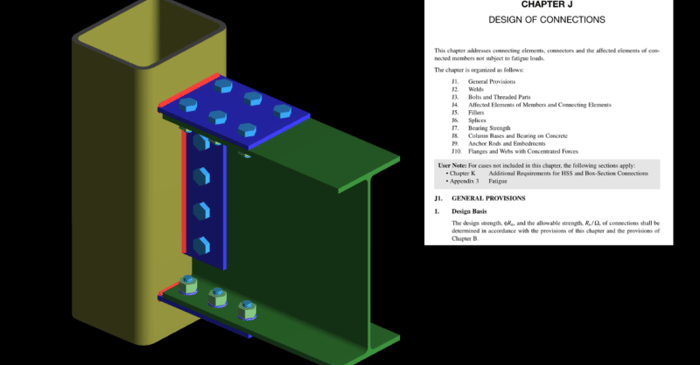
The most recent release of AISC 360-16 (15th Edition) includes changes to connection design for rectangular HSS shapes with applied concentrated forces. These changes are now included in RISAConnection v10.
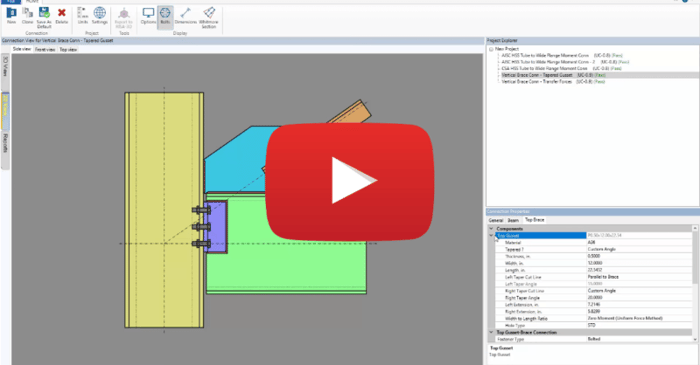
The release of RISAConnection v10 incorporates updates according to AISC 360-16 (15th Edition) including changes to HSS provisions as well as improved design for column webs subject to out-of-plane loading, in addition to other enhancements.
Our monthly "Structural Moment" newsletter is the best way to keep up with RISA’s product updates, new releases, new features, training events, webinars and more...